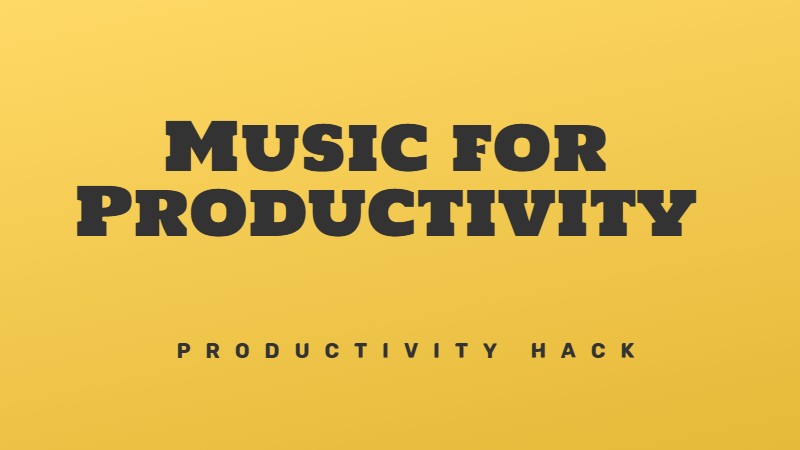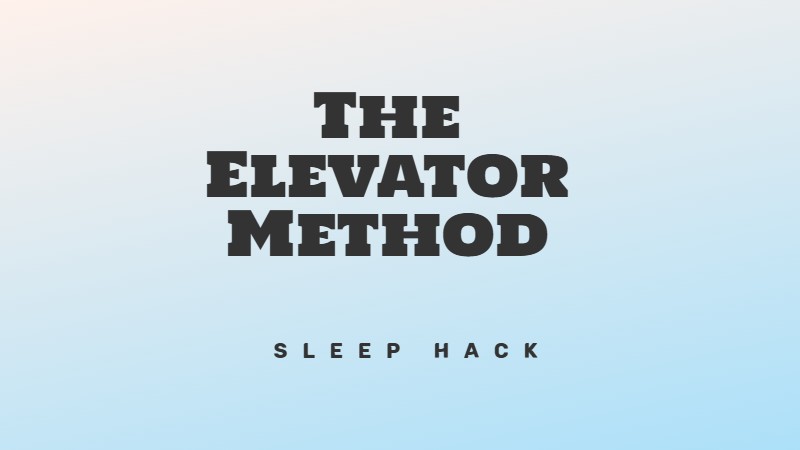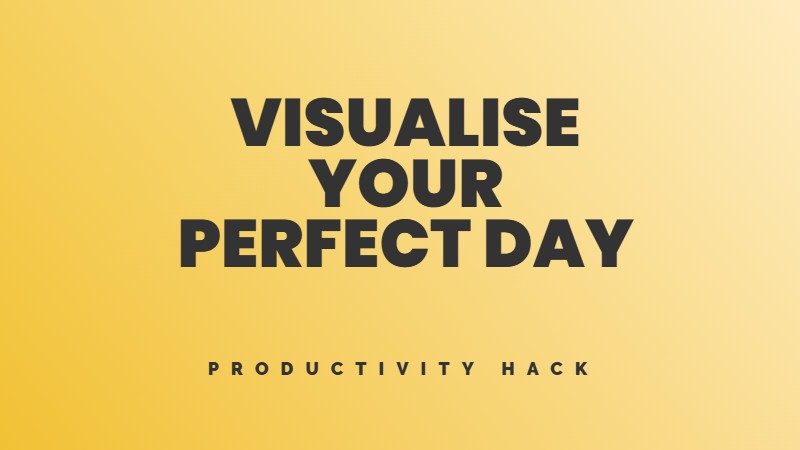When George Raveling walked into Nike headquarters as the new head of their second-largest division, he carried zero corporate experience and massive responsibilities. The legendary basketball coach had stepped away from the court to take on the business world, and the weight of one of the world’s most iconic brands now rested on his shoulders.
Self-doubt crushed him. The corporate maze felt impossible to navigate. But a mentor handed him something that would change everything: a yellow legal pad and a deceptively simple system.
“When you leave the office every day, leave a yellow pad in the middle of the desk, and when you come in the morning, write down the three most important things you gotta get done that day in that order. That day, do not do anything else but the first thing on the pad. And if you get the first one, then you go to the second one. That will put structure to your day, and it’ll give you a sense of purpose.”
The analogue solution that cuts through digital overwhelm and gets things done
The Yellow Pad Method strips productivity down to its core: focus on what matters most. While we drown in digital tools, notifications, and endless app switches, this analogue approach forces you to confront your priorities with brutal honesty. You can’t hide behind fancy features or procrastinate by organising your organising system.
The method works because it creates physical separation between planning and doing. The yellow pad sits there, waiting. No notifications. No updates. Just your three priorities staring back at you, demanding action.
Praktiske trinn
Single-minded focus: Attack only the first task until it’s complete. No multitasking. No switching to easier items. Your first priority gets your full attention until it’s done.
Sequential completion: Only move to task two after finishing task one. If you complete all three, celebrate.
Keep it analogue: Pen and paper create a different relationship with your tasks than digital lists. The physical act of writing engages your brain differently and makes your commitments feel more real.
Eksempler fra virkeligheten
Sarah manages a team of 15 at a growing tech company. Her days used to blur together in a mess of meetings, emails, and putting out fires. She adopted the yellow pad method and now starts each day knowing exactly what needs her attention. Last month, she completed a major product launch on time because she focused on the three daily actions that moved the project forward, rather than getting lost in busy work.
Mark juggled multiple client projects and constantly felt behind. His yellow pad now sits next to his computer. Yesterday’s pad reminded him to finish the logo concepts for Client A. Today’s pad prioritises: 1) Complete Client A logos, 2) Review Client B’s feedback, 3) Send invoice to Client C. He’s increased his billable hours by 30% because he stops switching between projects mindlessly.
Lisa runs a local bakery and felt pulled in every direction. Her morning yellow pad might read: 1) Prep wedding cake layers, 2) Order flour delivery, 3) Review weekend staffing. She tackles the wedding cake first because it’s her biggest revenue item, not because it’s the easiest or most urgent. Her business has grown 40% this year because she focuses on what drives results.
I bunn og grunn
The Yellow Pad Method works across industries and roles because it forces you to identify what actually matters. Most productivity systems fail because they’re too complex or try to manage everything. This system succeeds because it acknowledges a simple truth: you can only do one thing at a time with full attention.
When you limit yourself to three priorities and force yourself to complete them in order, you stop fooling yourself about what’s possible in a day. You stop spreading your energy thin across dozens of tasks that don’t move the needle.
The yellow pad becomes your anchor in a world of distractions. While others chase notifications and jump between apps, you know exactly what deserves your focus. This clarity reduces decision fatigue and eliminates the mental energy wasted on constantly reprioritising your day.
George Raveling used this system to succeed at Nike despite having no corporate background. The method gave him structure when everything felt chaotic and purpose when he doubted his abilities. Your challenges might be different, but the solution remains the same: identify what matters most and do it first.




Gi tilbakemelding om dette